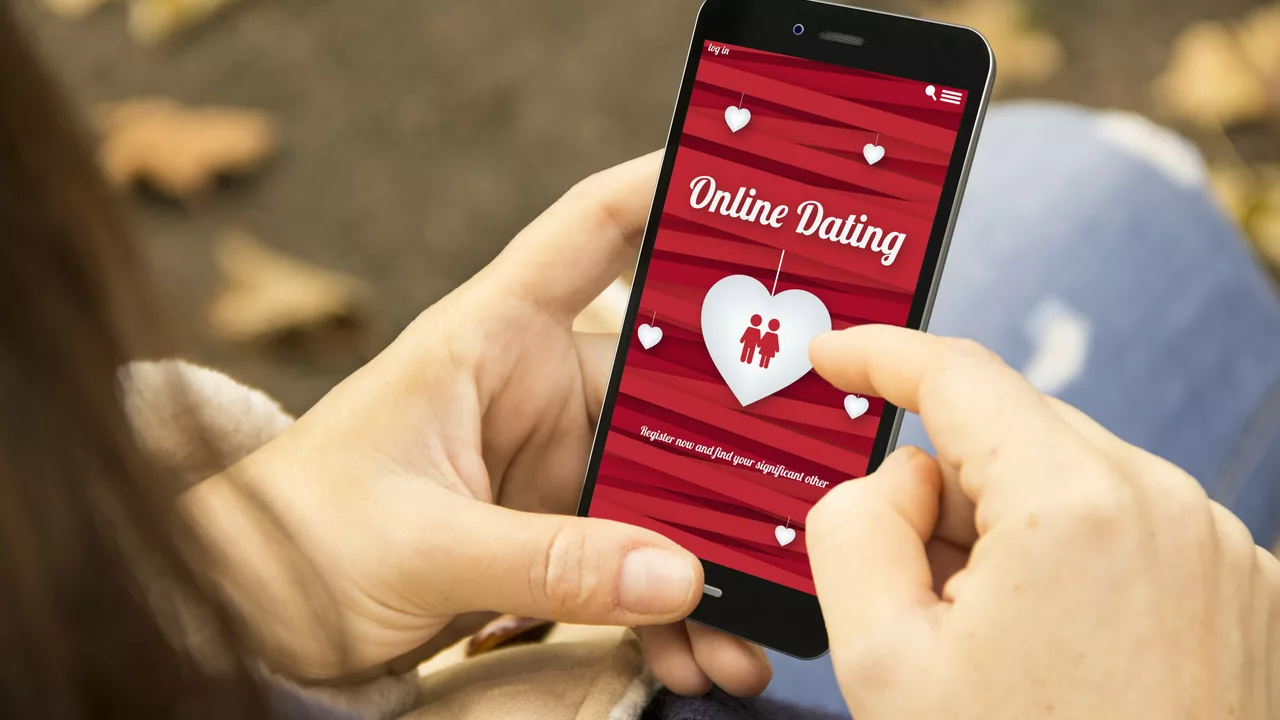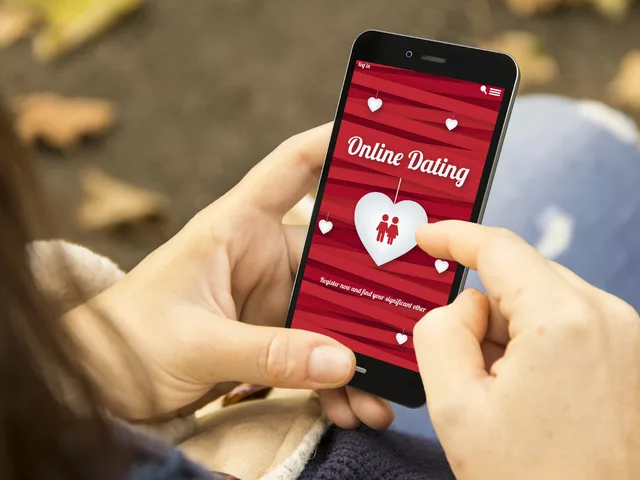
Understanding the Basics of Monetization
The first step in developing a good monetization strategy for a dating app is understanding what monetization entails. Simply put, monetization is the process of converting existing traffic or user base into revenue. For a dating app, this could mean transforming your active users into paying customers. It's critical to strike a balance between making money and providing value to your users. A successful monetization strategy should be able to do both seamlessly.
Deciding on a Monetization Model
Before you can start monetizing your dating app, you need to decide on a monetization model. There are several options available, such as freemium, subscription, in-app purchases, and in-app advertising. Each model has its own set of advantages and disadvantages, and the choice really depends on your specific business goals and the needs of your users. It's important to choose a model that aligns with your overall business strategy and user experience.
Implementing Freemium Models
The freemium model is one of the most popular monetization strategies for dating apps. This model allows users to access the basic features of the app for free, while premium features are locked behind a paywall. The key to successfully implementing a freemium model is to ensure that the free features are compelling enough to draw users in, but the premium features are even more enticing, encouraging users to upgrade.
Exploring Subscription Options
Subscription models are another effective monetization strategy for dating apps. In this model, users pay a recurring fee to access the app. This could be on a monthly, quarterly, or yearly basis. The advantage of this model is that it provides a steady stream of revenue. However, it's important to constantly add value to the subscription to ensure users feel they are getting their money's worth and continue to subscribe.
Utilizing In-App Purchases
In-app purchases allow users to buy specific features or services within the app. For a dating app, this could be anything from buying a boost to increase visibility, to purchasing virtual gifts to send to other users. The key to successful in-app purchases is to ensure they enhance the user experience and are priced appropriately.
Maximizing In-App Advertising
While not always the most popular option, in-app advertising can be a profitable monetization strategy for dating apps. This involves displaying ads within the app, either from third-party advertisers or promoting your own premium features. While this can generate revenue, it's important to ensure the ads are relevant and non-intrusive, to avoid disrupting the user experience.
Choosing a Pricing Strategy
Once you've decided on a monetization model, you need to determine your pricing strategy. This involves setting a price for your premium features or subscription. It's critical to price your services competitively, but also at a level that reflects their value. You also need to consider your target market and their willingness to pay.
Tracking and Analyzing User Behavior
Understanding your users is crucial to a successful monetization strategy. By tracking and analyzing user behavior, you can identify what features they value most, how much they are willing to pay, and what motivates them to make a purchase. This information can then be used to refine your monetization strategy and increase your revenue.
Testing and Optimizing Your Strategy
No monetization strategy is perfect from the get-go. It's important to constantly test and optimize your strategy based on user feedback and performance metrics. This might involve tweaking your pricing, introducing new premium features, or experimenting with different ad formats. Remember, the goal is to maximize revenue while providing value to your users.
Keeping User Experience at the Forefront
Lastly, it's crucial to remember that your users are the lifeblood of your dating app. Any monetization strategy you implement should enhance, not hinder, the user experience. This means providing value for money, maintaining a user-friendly interface, and ensuring any ads or in-app purchases are relevant and beneficial to the user. Remember, a happy user is a paying user.





